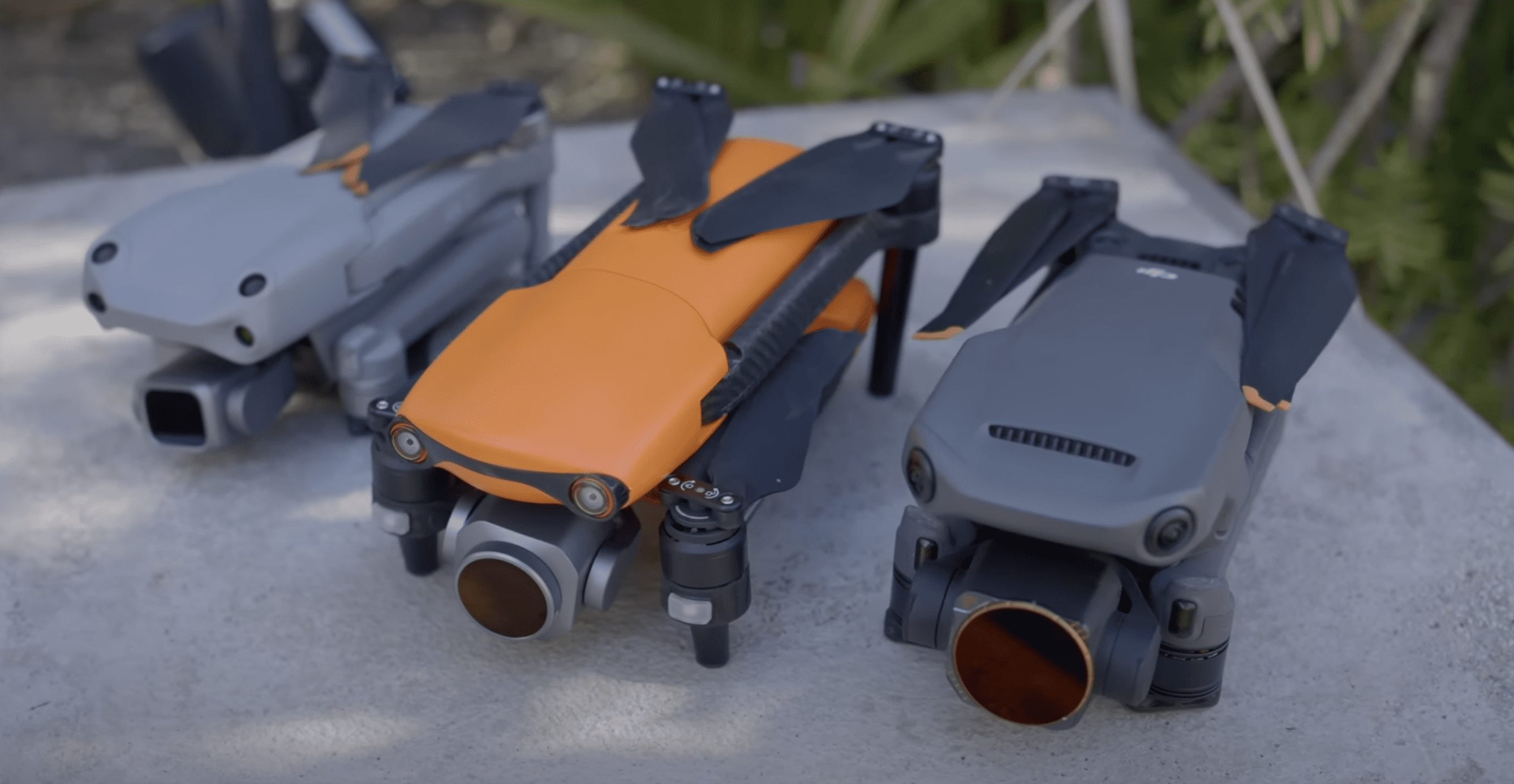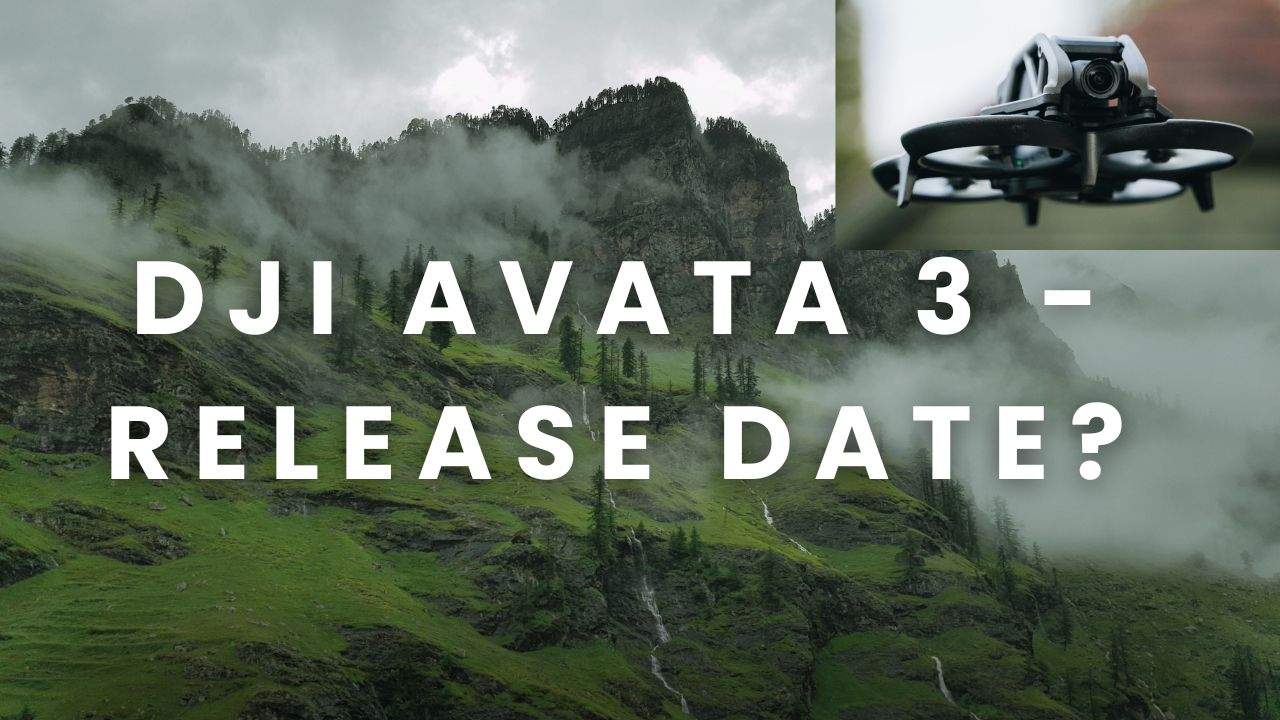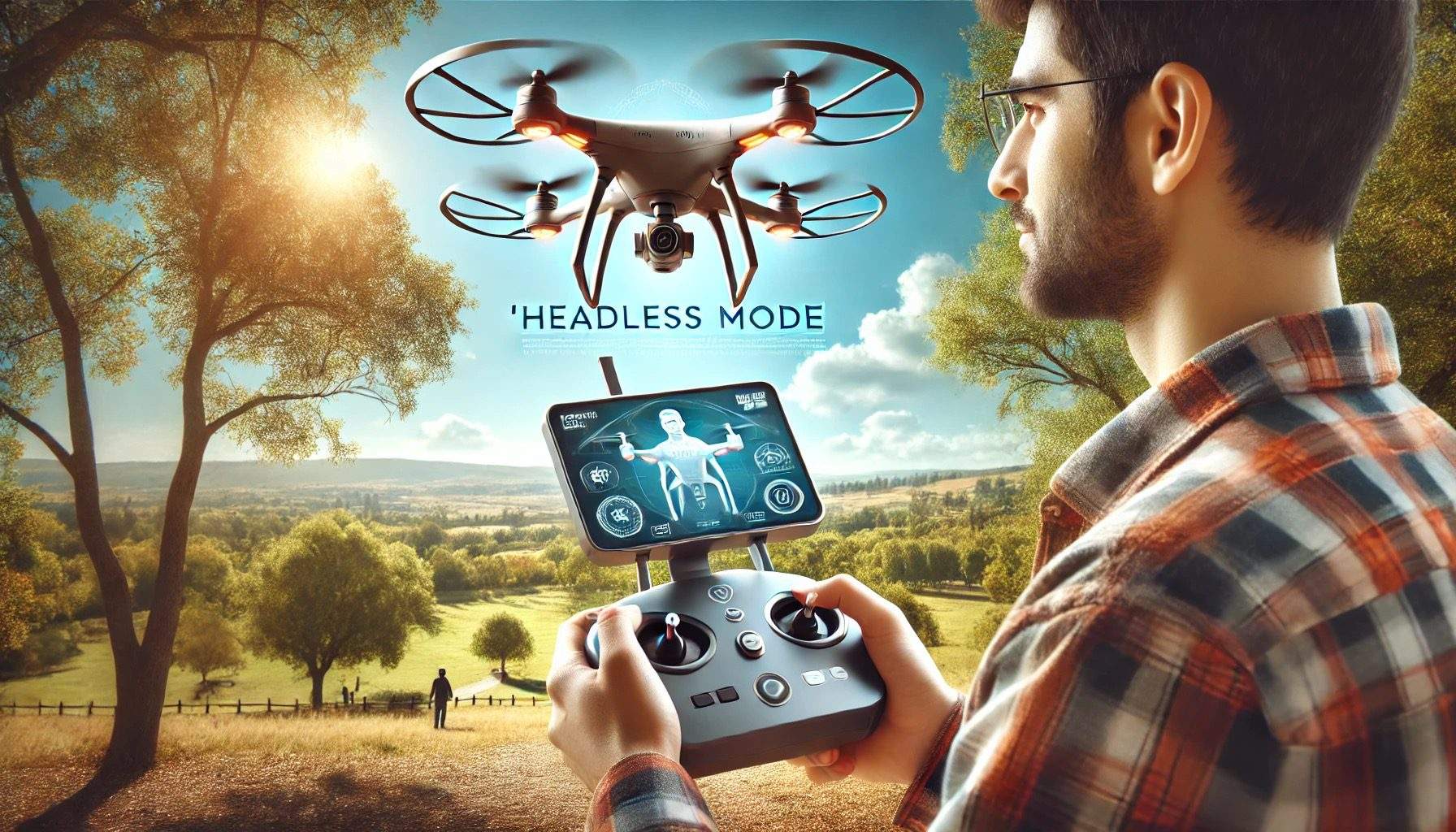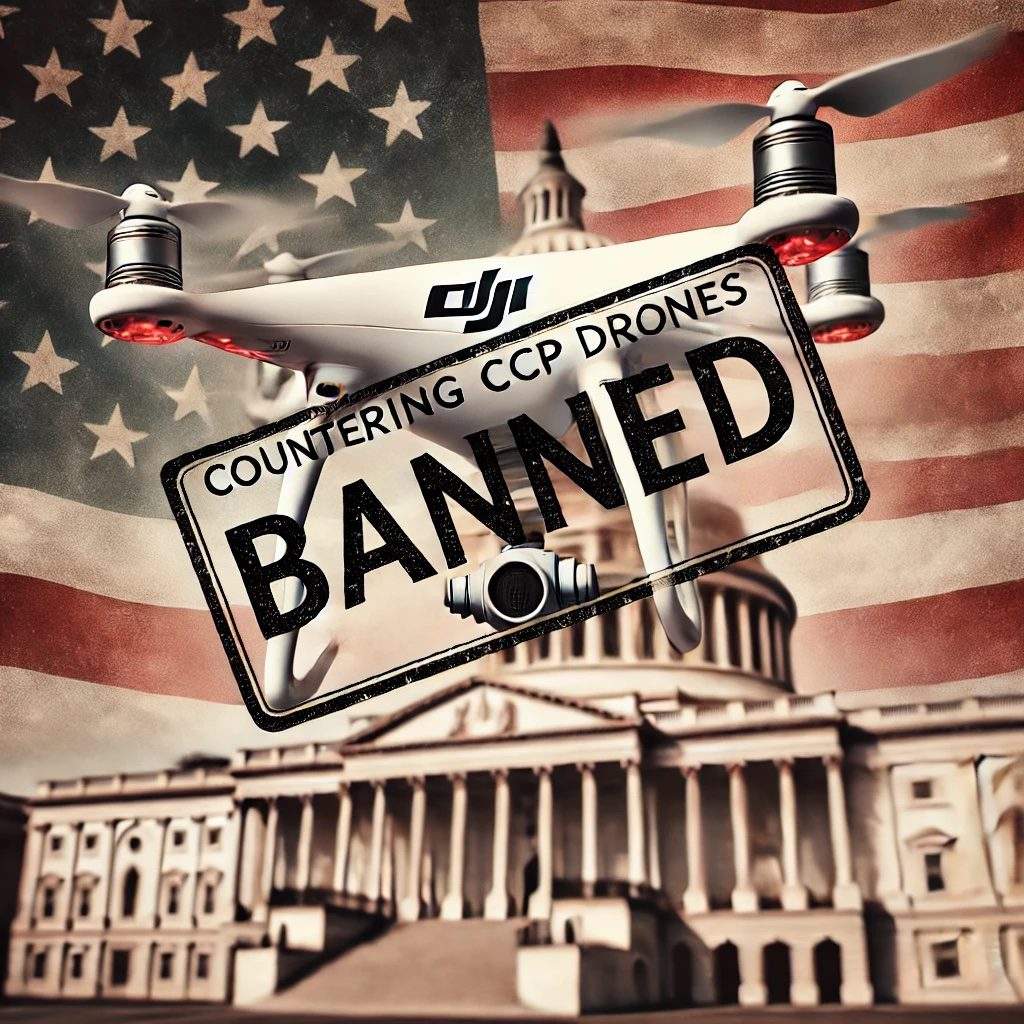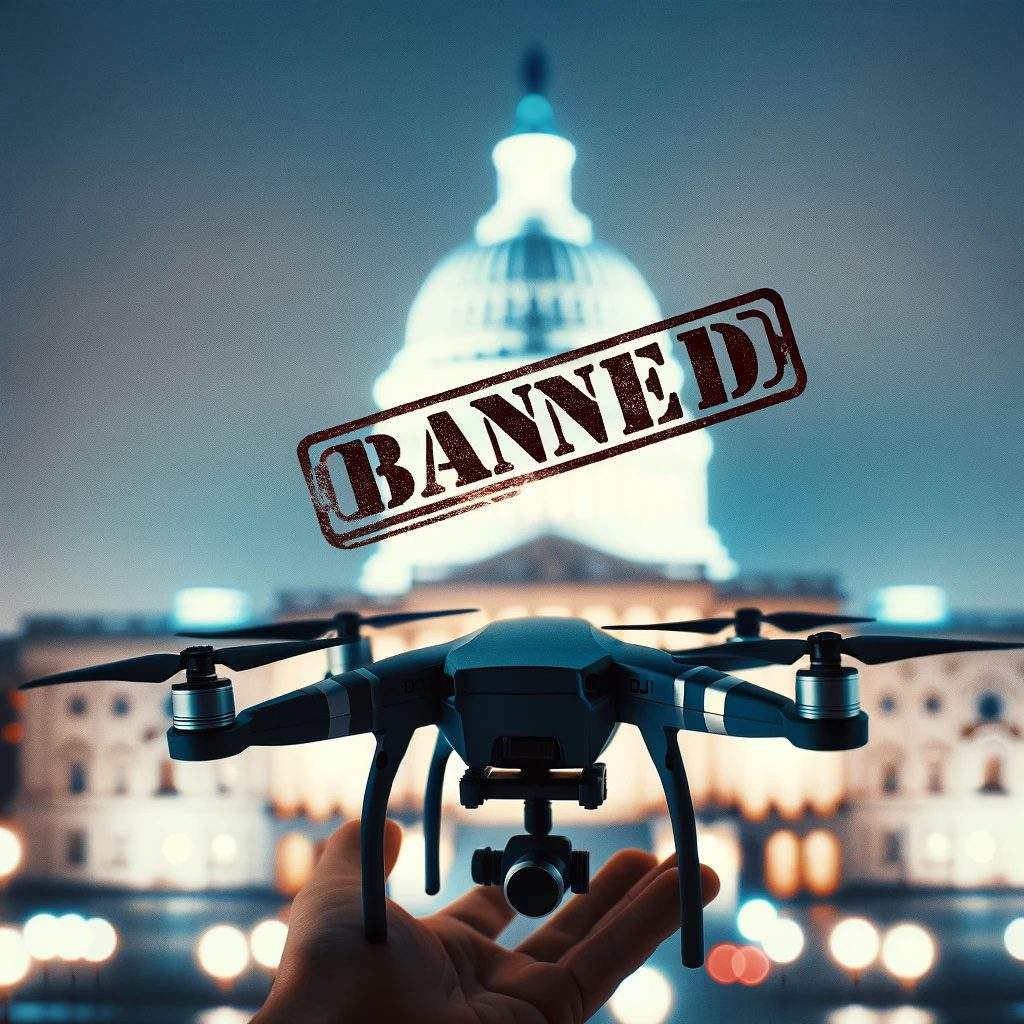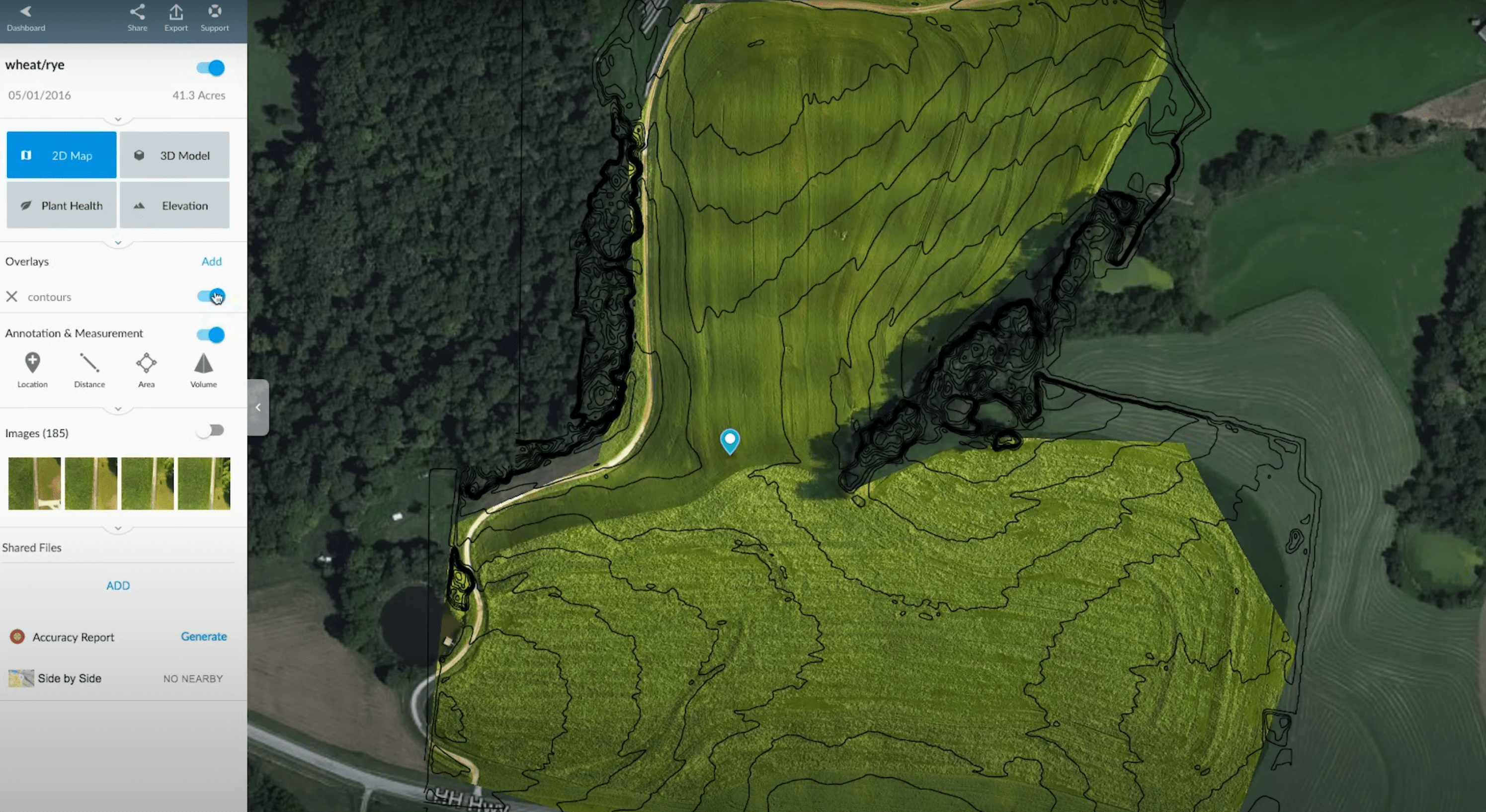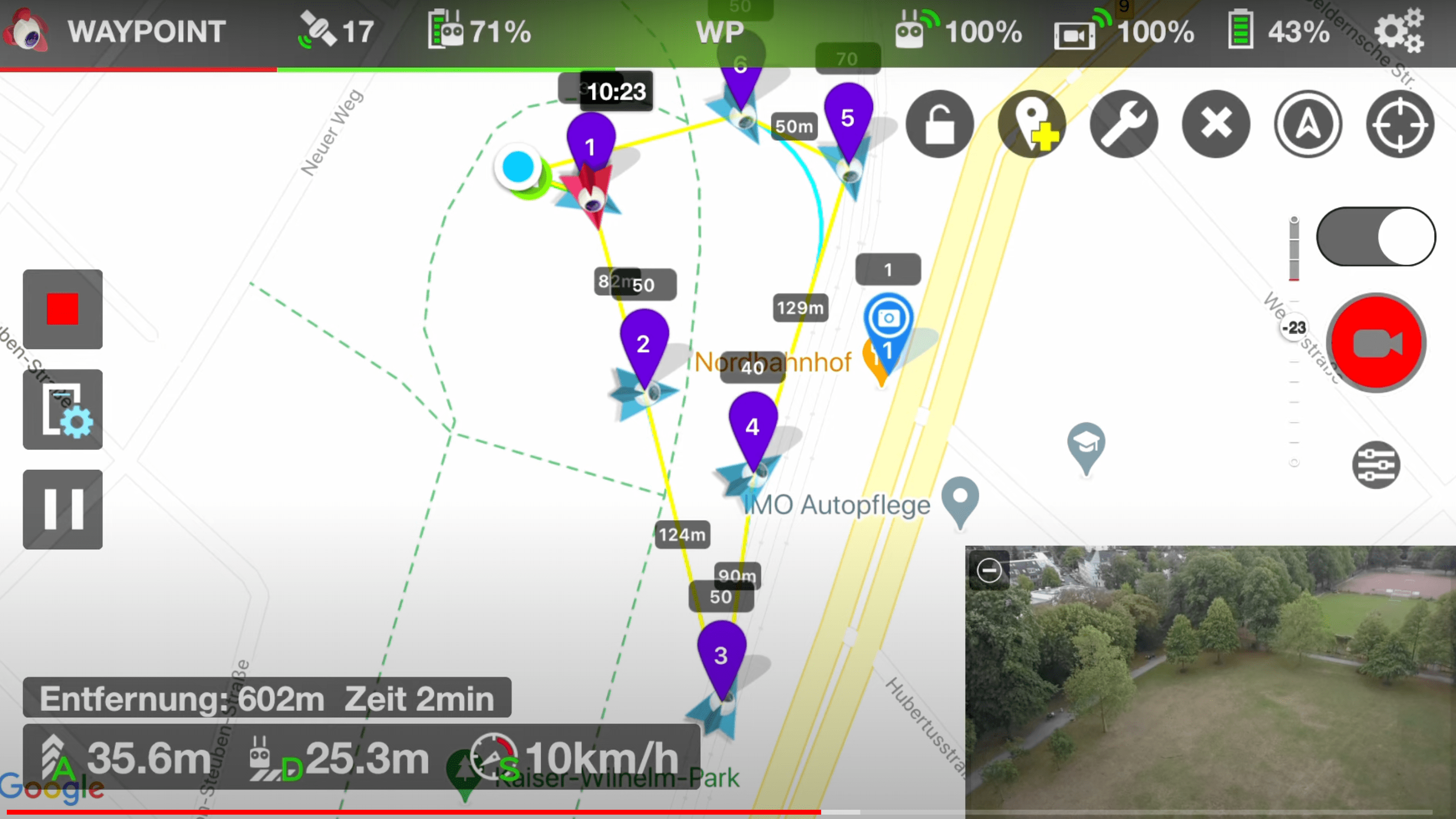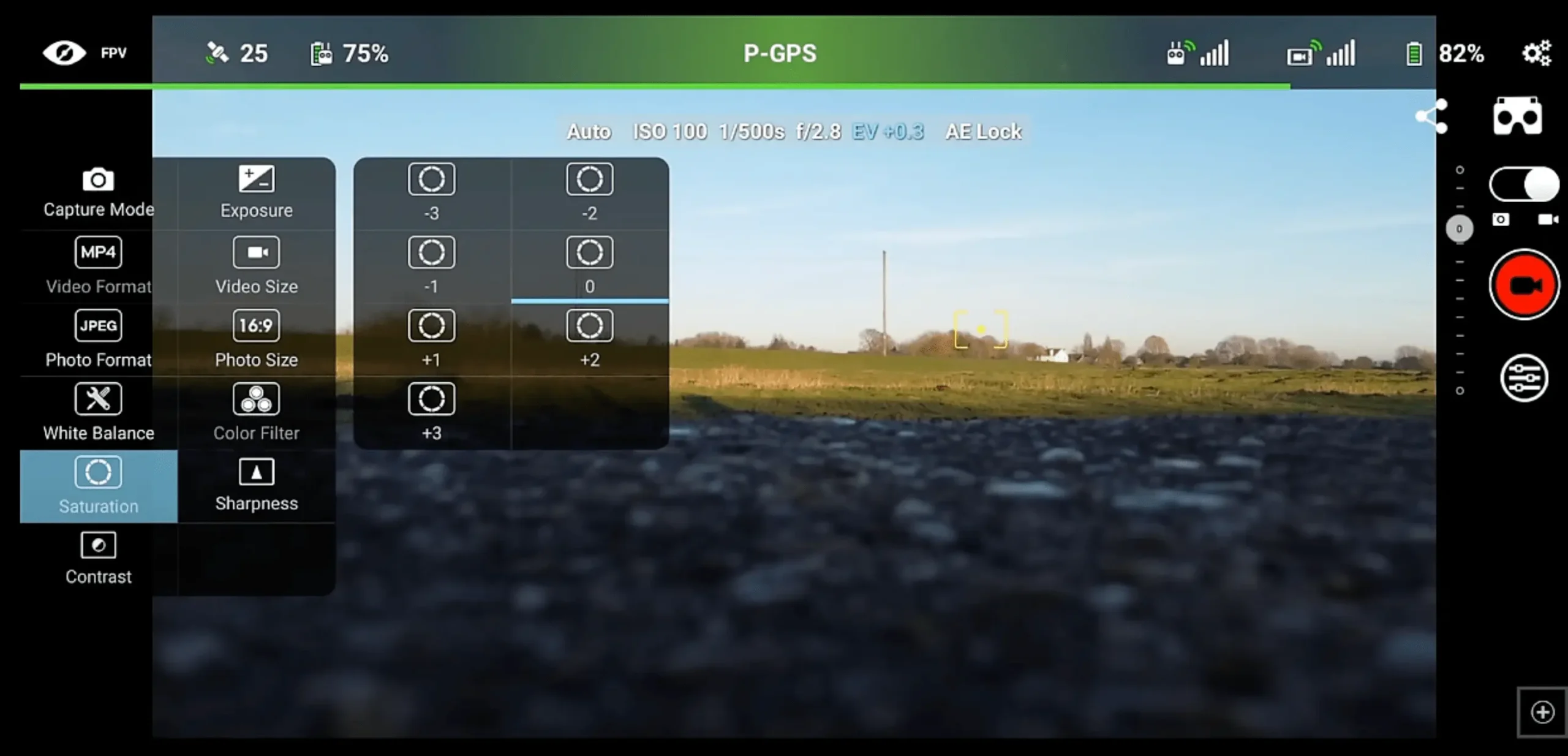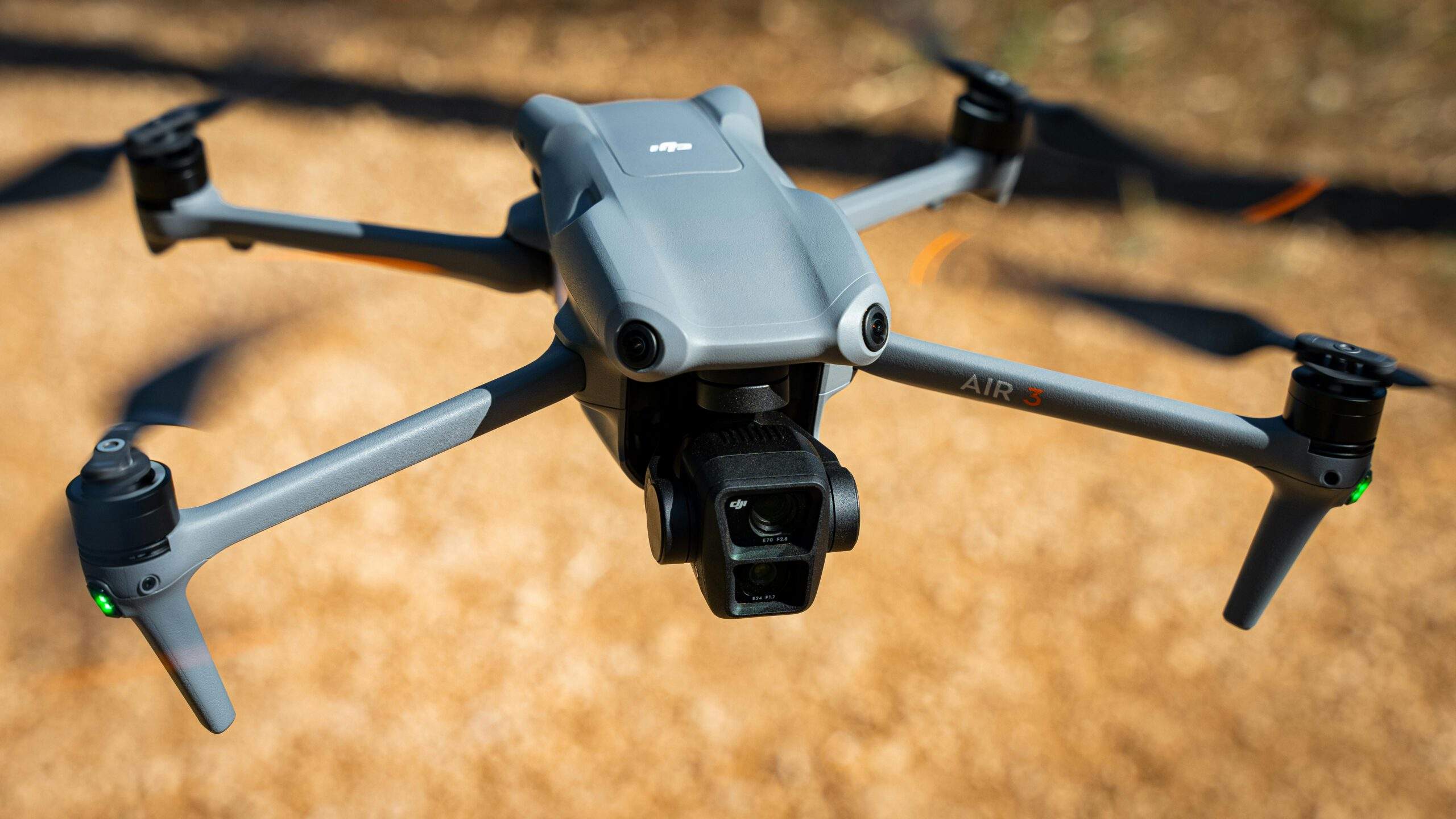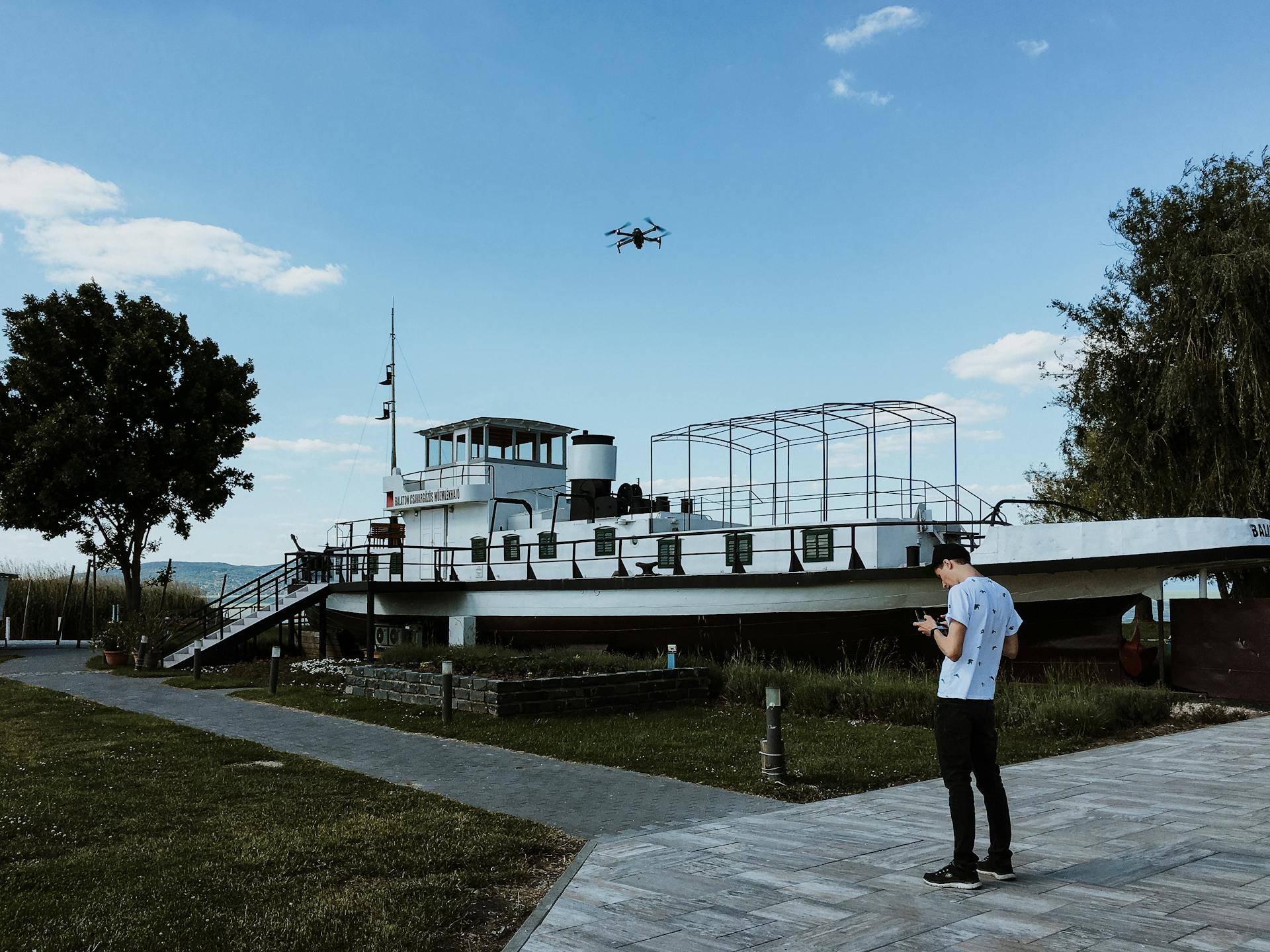In the realm of compact drones, the Autel EVO Lite series stands out as a versatile and powerful option for both hobbyists and professional filmmakers. After extensive use and thorough research, including insights from several online reviews, here is my detailed perspective on the Autel EVO Lite and EVO Lite+ drones.
For whom are the Autel Evo Lite & Evo Lite + made?
Autel EVO Lite: Ideal for Enthusiastic Hobbyists
The EVO Lite is perfectly suited for drone enthusiasts who are serious about aerial photography but may not require the advanced features typically needed for professional work. With its 50-megapixel camera and a high-performance 1/1.28-inch sensor, the EVO Lite is capable of capturing stunningly detailed images and 4K videos, making it a great choice for those looking to elevate their hobby to the next level. Its user-friendly features, such as dynamic tracking and obstacle avoidance, ensure a smooth and safe flying experience, which appeals to hobbyists who appreciate a blend of simplicity and quality in their drone operations.
Autel EVO Lite+: Designed for Professional Filmmakers and Photographers
The EVO Lite+ steps up the game with its 1-inch sensor that offers 20 megapixels of resolution and an adjustable aperture, making it ideal for professional photographers and filmmakers. The larger sensor significantly enhances image quality, especially in low-light conditions, providing the flexibility needed in professional settings. The adjustable aperture offers creative control over depth of field, allowing for more artistic and technically sophisticated shots. Additionally, features like the Moonlight algorithm enhance its performance in challenging lighting, making it a robust tool for commercial shoots, event coverage, and creative filmmaking.
Differences Between EVO Lite and EVO Lite+
The EVO Lite series consists of two models: the EVO Lite and the EVO Lite+. Both models share the same airframe and general features but differ mainly in their camera systems:
- EVO Lite: Features a 50-megapixel camera with a 1/1.28-inch sensor and an f/1.9 lens. This setup includes a unique RYYB color filter array which enhances color accuracy and low-light performance.
- EVO Lite+: Upgrades to a 1-inch 20-megapixel sensor with an adjustable aperture (f/2.8 – 11), providing greater control over depth of field and exposure, making it ideal for professional use, especially in varied lighting conditions.
Both cameras are mounted on a three-axis gimbal, ensuring stable and clear footage. The EVO Lite+’s larger sensor and adjustable aperture offer advanced capabilities for those needing more from their aerial shots, especially in challenging light scenarios.
Watch this great review of CAPTAIN DRONE if you prefer video format!
- The review begins by exploring the evolution of Autel drones, starting with the original EVO launched in 2018, notable for its 4K 60fps camera and unique controller design, followed by the EVO 2 series in 2020, introducing 8K and 6K cameras along with 360-degree obstacle avoidance.
- The presenter highlights the release of the Nano and EVO Lite drones in 2022, designed with entry-level consumers in mind, featuring simplified controllers and cameras nearly comparable to those with one-inch sensors.
- The EVO Lite Plus variant is introduced, offering a 6K camera with a manual aperture, and limited obstacle avoidance to just the front and rear, aimed at users seeking high-quality video and photo capabilities with minimal effort.
- A comparative assessment mentions that the EVO Lite Plus potentially outperforms the DJI Air 2S, especially in terms of camera quality, despite having a similar feature set.
- The review includes a real-world test of the drone in extreme cold weather conditions in Canada, demonstrating robust performance despite the challenging environment.
The Autel EVO Lite series stands out due to its advanced technical aspects that cater to both amateur and professional users. Here’s a deeper dive into these features:
- Camera and Sensor Capabilities:
- EVO Lite: Equipped with a 50-megapixel camera that utilizes a 1/1.28-inch sensor paired with an f/1.9 lens. This camera benefits from a RYYB color filter array, enhancing color accuracy and low-light performance, crucial for capturing vivid and detailed aerial photographs and videos under varying lighting conditions.
- EVO Lite+: Features a 1-inch 20-megapixel sensor with an adjustable aperture range from f/2.8 to f/11, offering more flexibility in depth of field and exposure settings. This makes the EVO Lite+ particularly suitable for professional-grade photography and filmmaking where lighting conditions may vary dramatically.
- Flight Performance:
- Both models boast a maximum flight time of up to 40 minutes, which is at the upper end for drones in this category. They can reach a top speed of 42 miles per hour, allowing users to capture fast-moving subjects or quickly reposition the drone during shoots. The extended range of up to 12 kilometers ensures that users can operate the drone at significant distances, ideal for expansive landscapes or urban environments.
- Obstacle Avoidance and Safety:
- The EVO Lite series is equipped with three-way obstacle avoidance systems that include front, rear, and bottom sensors. These features help the drone autonomously avoid obstacles, significantly enhancing the safety and reliability of flights, especially in complex environments.
- Transmission and Control:
- The new SkyLink transmission system uses multiple frequencies (2.4, 5.8, and 5.2 GHz) to maintain a robust connection between the drone and the controller. This system supports the transmission of 2.7K video up to a half-mile and full HD video for distances up to 7.4 miles, providing flexibility and reliability during remote operations.
- User Interface and Additional Features:
- The redesigned Sky app offers an intuitive user interface, simplifying the flight experience for new pilots while still offering the depth required by more experienced users. Additional features like super download enable quick transfer of files at 20 megabytes per second directly to a smartphone, facilitating immediate content sharing.
These technical specifications demonstrate the Autel EVO Lite series’ commitment to combining high-end technology with user-friendly features, making these drones not only accessible but also highly capable in a variety of filming and photographic conditions. This blend of advanced capabilities ensures that both the EVO Lite and EVO Lite+ are competitive choices in the drone market, suitable for a wide range of applications from professional filmmaking to casual aerial photography.
Range and Flight Capabilities
The Autel EVO Lite series boasts an impressive range, capable of maintaining a strong connection with the controller for up to 12 kilometers under optimal conditions. With a maximum speed of 42 miles per hour and an exceptional flight time of up to 40 minutes, these drones allow extensive and dynamic shooting sessions without frequent landings for battery changes. This combination of speed, range, and endurance makes the EVO Lite series exceptionally efficient in the field.
Worth and Performance
Addressing whether the Autel Nano Plus is worth it: given its enhanced camera features and robust build, it provides substantial value, particularly for professional videographers and filmmakers who need a reliable, high-quality drone that is still portable enough for travel.
Speed and Manufacturing Insights
The EVO Lite series drones are quick and agile, ideal for following fast-moving subjects or capturing smooth footage across expansive areas. As for their origins, Autel Robotics, though often thought to be a Chinese company due to its manufacturing processes based in China, is headquartered in Bothell, WA, USA. This combination of American innovation and Chinese manufacturing efficiency delivers a high-quality product that meets global standards.
Battery Life and User Experience
Each flight with the EVO Lite can last up to an impressive 40 minutes, depending on conditions such as wind and flight speed. This extended battery life supports longer sessions and reduces the need for mid-shoot charging. The experience of using these drones is further enhanced by their intelligent flight modes and robust obstacle avoidance systems, which include sensors at the front, rear, and bottom of the drone.
Conclusion
The Autel EVO Lite and EVO Lite+ models are standout contenders in the compact drone market, each designed to cater to distinct needs of aerial photography enthusiasts and professionals. Here’s a summarization addressing crucial aspects of the EVO Lite series:
- Difference Between EVO Lite and EVO Lite+:
- The core distinction between the EVO Lite and the EVO Lite+ lies in their camera configurations. The EVO Lite features a 50-megapixel camera with a 1/1.28-inch sensor, ideal for capturing detailed and vibrant images. The EVO Lite+, on the other hand, sports a larger 1-inch sensor with 20 megapixels and an adjustable aperture, enhancing performance especially in varied lighting conditions. This makes the EVO Lite+ more suited for professional applications where camera flexibility and low-light capability are paramount.
- Range of the EVO Lite Drone:
- Both models in the EVO Lite series boast an impressive maximum transmission range of up to 12 kilometers (approximately 7.4 miles), offering substantial freedom for exploring and capturing from great distances.
- Value of the Autel EVO Lite+:
- Given its superior imaging capabilities, robust build, and advanced features, the Autel EVO Lite+ is well worth the investment for professional videographers and photographers looking for a drone that combines portability with high-end camera technology.
- Speed of the Autel EVO Lite:
- The EVO Lite series drones can reach a top speed of 42 miles per hour, ensuring they are agile enough to handle dynamic shooting scenarios and quick repositioning needs during complex shoots.
- Manufacturing and Origin:
- Autel Robotics is headquartered in Bothell, Washington, USA, with manufacturing facilities based in China. This global setup allows Autel to leverage advanced U.S. technology with efficient production processes, ensuring a high-quality product that meets international standards.
- Battery Life of the Autel EVO Lite:
- Both drones in this series are designed for lengthy operations, offering up to 40 minutes of flight time per charge. This extensive battery life supports prolonged aerial shooting sessions, minimizing downtime and enhancing overall productivity.
The Autel EVO Lite series exemplifies the perfect blend of innovation, quality, and user-centric design, making it a top choice for anyone serious about drone photography. Whether choosing the EVO Lite for its exceptional color accuracy and detail or opting for the EVO Lite+ for its professional-grade imaging and low-light prowess, users are guaranteed a powerful, reliable, and versatile drone experience. These models not only meet the diverse demands of modern aerial photography but also push the boundaries of what compact drones can achieve, making every flight a unique opportunity to capture the world from new perspectives.

